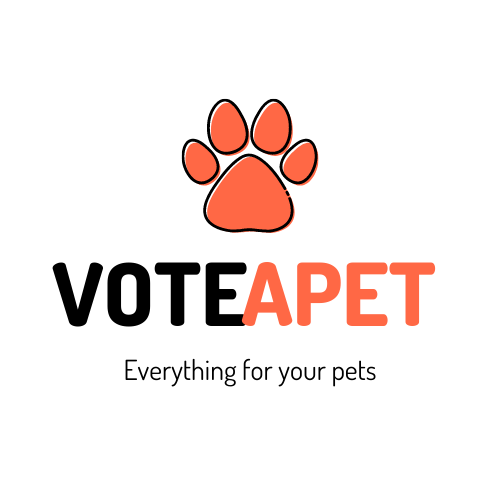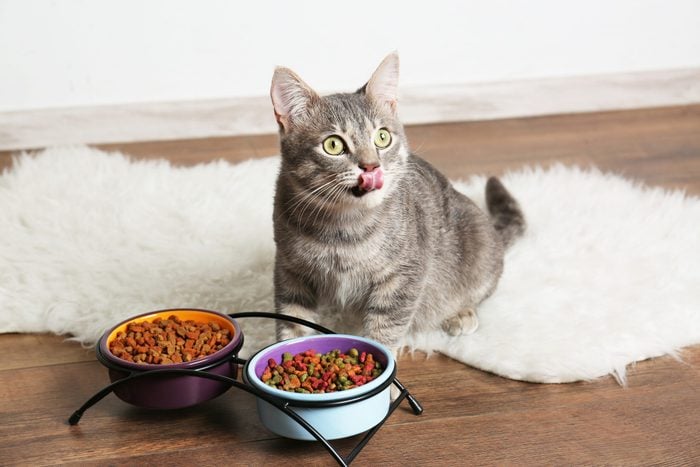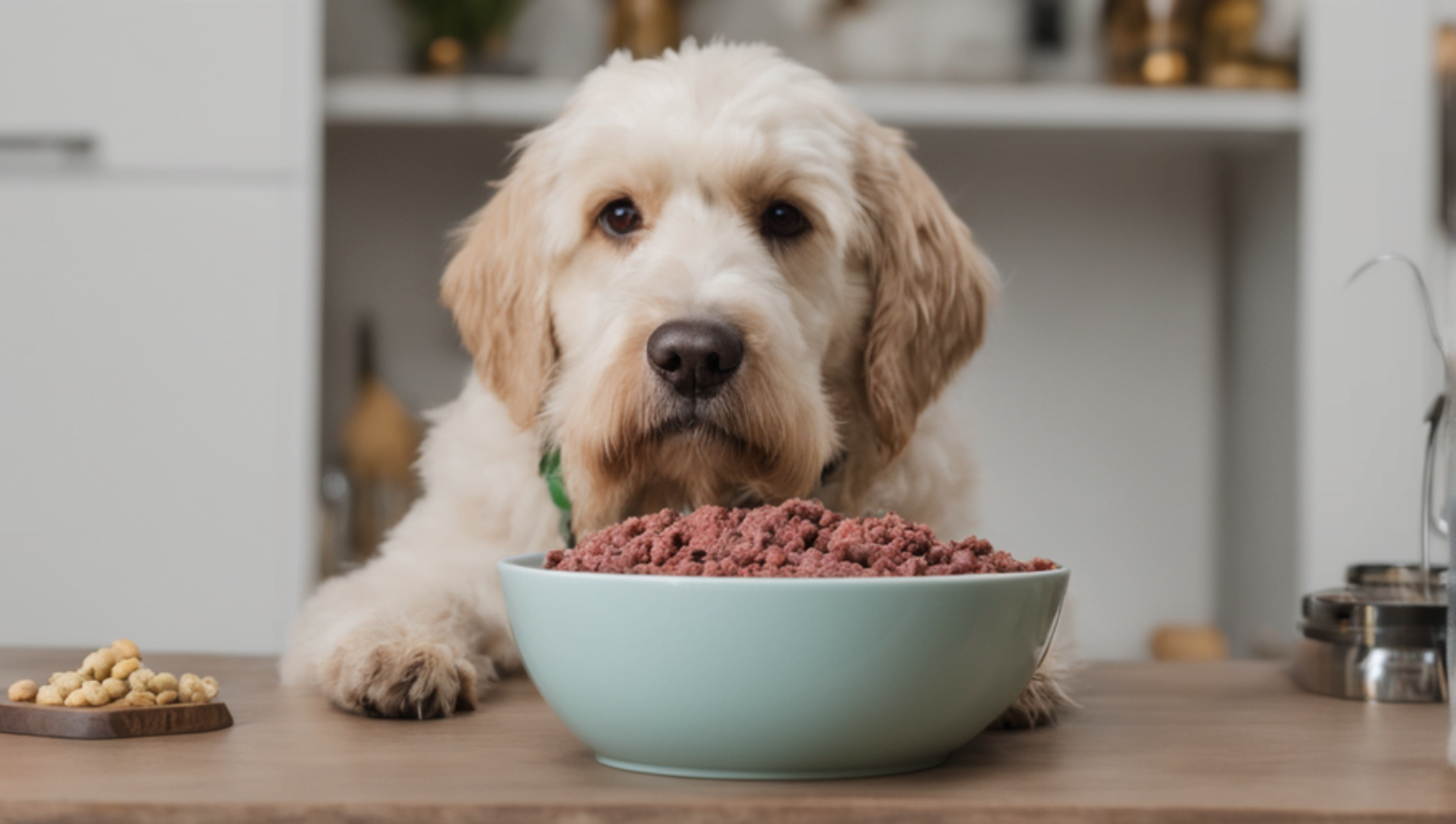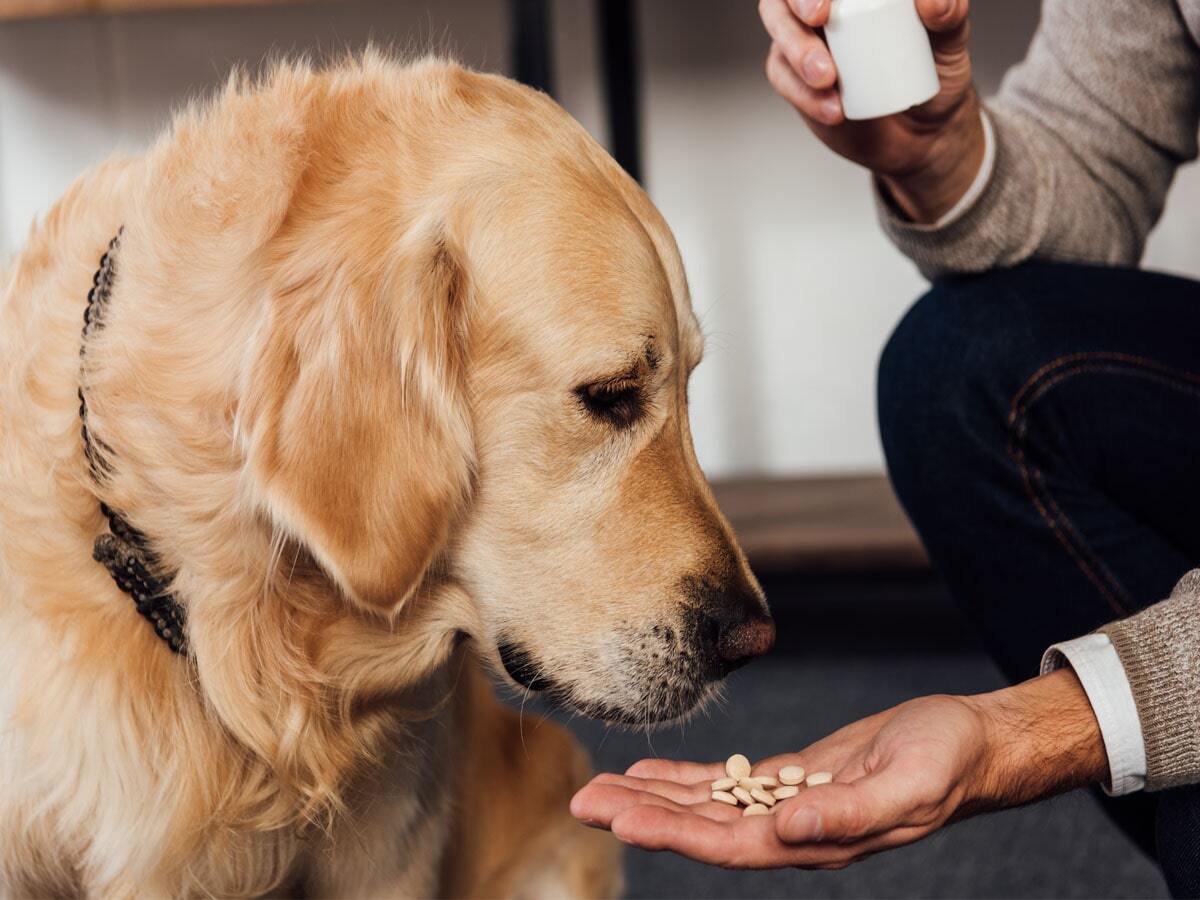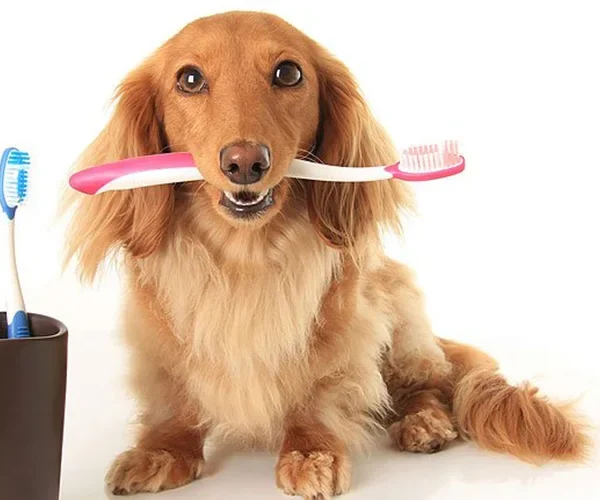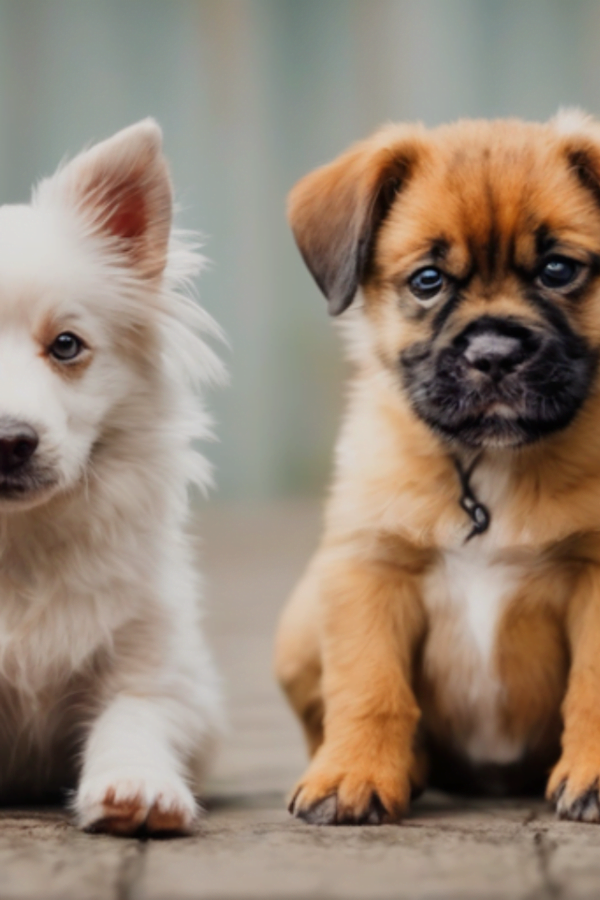Discover essential guidelines for feeding your cat a balanced diet, ensuring they receive all the necessary nutrients for optimal health.
Feeding Your Cat Essential Guidelines for a Balanced Feline Diet
As responsible pet owners, it is our duty to ensure that our furry companions receive a balanced and nutritious diet. Feeding your cat a well-balanced diet is crucial for their overall health, longevity, and vitality. However, with the overwhelming variety of cat food options available on the market, it can be challenging to navigate through the choices and make informed decisions. In this article, we will provide essential guidelines for feeding your cat to help you maintain a balanced feline diet.
A healthy cat diet should be high in protein and low in carbohydrates. It should also be balanced in terms of the other essential nutrients, such as taurine, arachidonic acid, and vitamins A and E.
Understand Your Cat’s Nutritional Needs
Cats are obligate carnivores, which means their bodies are designed to thrive on a diet primarily consisting of meat. They require specific nutrients like taurine, arachidonic acid, and vitamin A, which are found in animal tissues. It is essential to choose cat food that meets these dietary requirements. Look for products that contain high-quality animal protein as the primary ingredient.
Read the Labels
When selecting cat food, always read the labels carefully. Avoid products that contain fillers such as corn, wheat, soy, or by-products. These ingredients offer limited nutritional value and can lead to digestive issues or allergies in some cats. Instead, opt for foods that list whole meats (e.g., chicken, turkey, or fish) as the main ingredient and have minimal additives.
Wet vs. Dry Food
Both wet and dry cat food options have their advantages and disadvantages. Wet food provides hydration and can be beneficial for cats who don’t drink enough water. It is also easier for older cats or those with dental issues to consume. On the other hand, dry food is convenient, has a longer shelf life, and helps maintain dental health by reducing plaque buildup. A combination of both wet and dry food can be an excellent compromise to meet your cat’s needs.
Portion Control
Maintaining a healthy weight is crucial for your cat’s overall well-being. Obesity in cats can lead to various health issues, including diabetes, joint problems, and heart disease. Follow the feeding guidelines provided on the cat food packaging and adjust the portions based on your cat’s age, weight, and activity level. Regularly monitor your cat’s body condition and consult your veterinarian if you are unsure about the appropriate portion size.
Avoid Overfeeding Treats
While treats can be an excellent way to bond with your cat or reward good behavior, it’s important not to overdo it. Treats should only make up a small percentage of your cat’s daily caloric intake. Opt for healthy treats specifically formulated for cats and avoid giving them human food, as some ingredients can be toxic to felines.
Consult with Your Veterinarian
Each cat is unique, and their dietary needs may vary based on factors such as age, health conditions, and lifestyle. It is always a good idea to consult with your veterinarian to develop a personalized feeding plan for your cat. They can provide guidance on selecting the right cat food, portion sizes, and any specific dietary considerations.
Essential guidelines
Here are some essential guidelines for feeding your cat a balanced diet:
- Choose a food that is labeled as “complete and balanced” by the Association of American Feed Control Officials (AAFCO). This means that the food has been tested and shown to provide all of the nutrients that your cat needs.
- Look for a food that lists meat, poultry, or fish as the first ingredient. This indicates that the food is high in protein.
- Avoid foods that contain a lot of grains, corn, or soy. These ingredients are not essential for cats and can actually be harmful in high amounts.
- If you are feeding your cat wet food, choose a food that is 70% or more moisture. This will help to keep your cat hydrated.
- If you are feeding your cat dry food, make sure that it is high in moisture. You can do this by adding water to the food or by feeding your cat canned food in addition to dry food.
- Do not overfeed your cat. Obesity is a major health problem in cats, and it can lead to a number of other health problems.
- Talk to your veterinarian about your cat’s specific dietary needs. They can help you to choose the best food for your cat’s age, weight, and health status.
Additional tips
Here are some additional tips for feeding your cat a balanced diet:
- Feed your cat at regular intervals throughout the day.
- Offer your cat a variety of foods to choose from.
- Make sure that your cat has access to fresh water at all times.
- Monitor your cat’s weight and adjust their food intake accordingly.
By following these guidelines, you can help to ensure that your cat is getting the nutrients they need to stay healthy and happy.
Conclusion
In conclusion, providing a balanced and nutritious diet is essential for your cat’s overall health and well-being. Remember to choose high-quality cat food that meets their nutritional needs, read labels carefully, control portions, and consult with your veterinarian when in doubt. By following these guidelines, you can ensure that your feline friend receives the optimal nutrition they deserve for a long and happy life.
